Garden Edging Ideas That Will
Garden Edging Ideas That Will Improve Your Landscape
Your garden is a beautiful space, but it can be hard to keep it looking its best. Weeds can quickly creep in and take over, and your lawn can start to encroach on your flower beds. Garden edging is a great way to keep your garden looking neat and tidy, and it can also help to prevent weeds and pests from spreading.
There are many different types of garden edging available, so you can find one that fits your needs and budget. Some popular options include:
- Plastic edging: Plastic edging is a low-cost option that is easy to install. It comes in a variety of colors and styles, so you can find one that matches your décor.

- Metal edging: Metal edging is more durable than plastic edging, but it is also more expensive. It is a good choice for gardens that are prone to erosion or that are located in areas with harsh weather conditions.
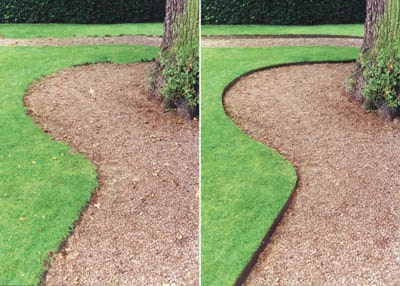
- Wood edging: Wood edging is a natural and attractive option that can add warmth and character to your garden. It is a good choice for gardens with a rustic or cottage feel.

- Natural stone edging: Natural stone edging is a beautiful and long-lasting option. It can be expensive, but it is a worthwhile investment for gardens that you want to enjoy for years to come.

- Brick edging: Brick edging is a classic and elegant option. It is a good choice for gardens with a formal or traditional style.
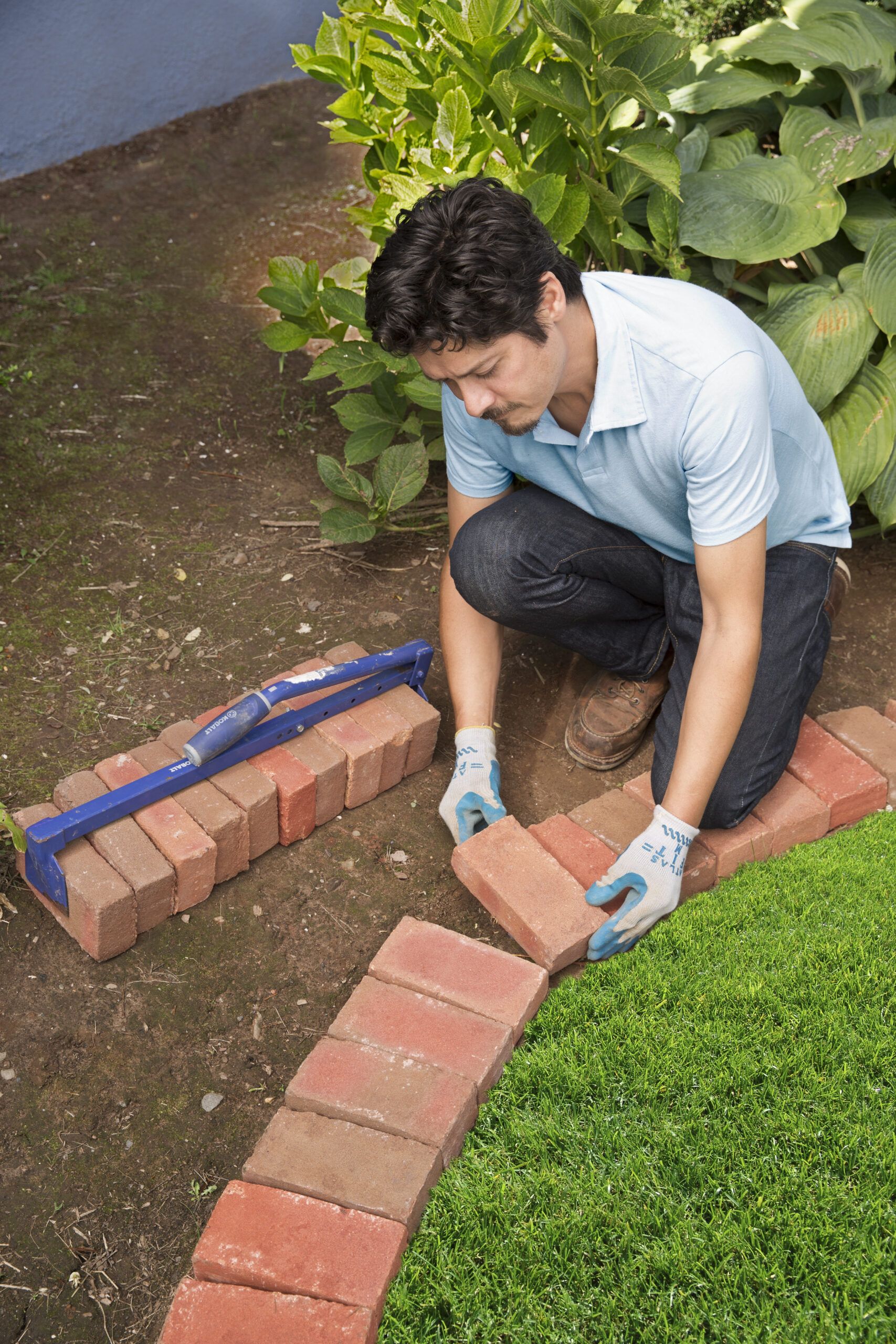
- Pavers edging: Pavers edging is a versatile option that can be used in a variety of styles. It is a good choice for gardens that need to be wheelchair accessible or that have children or pets.
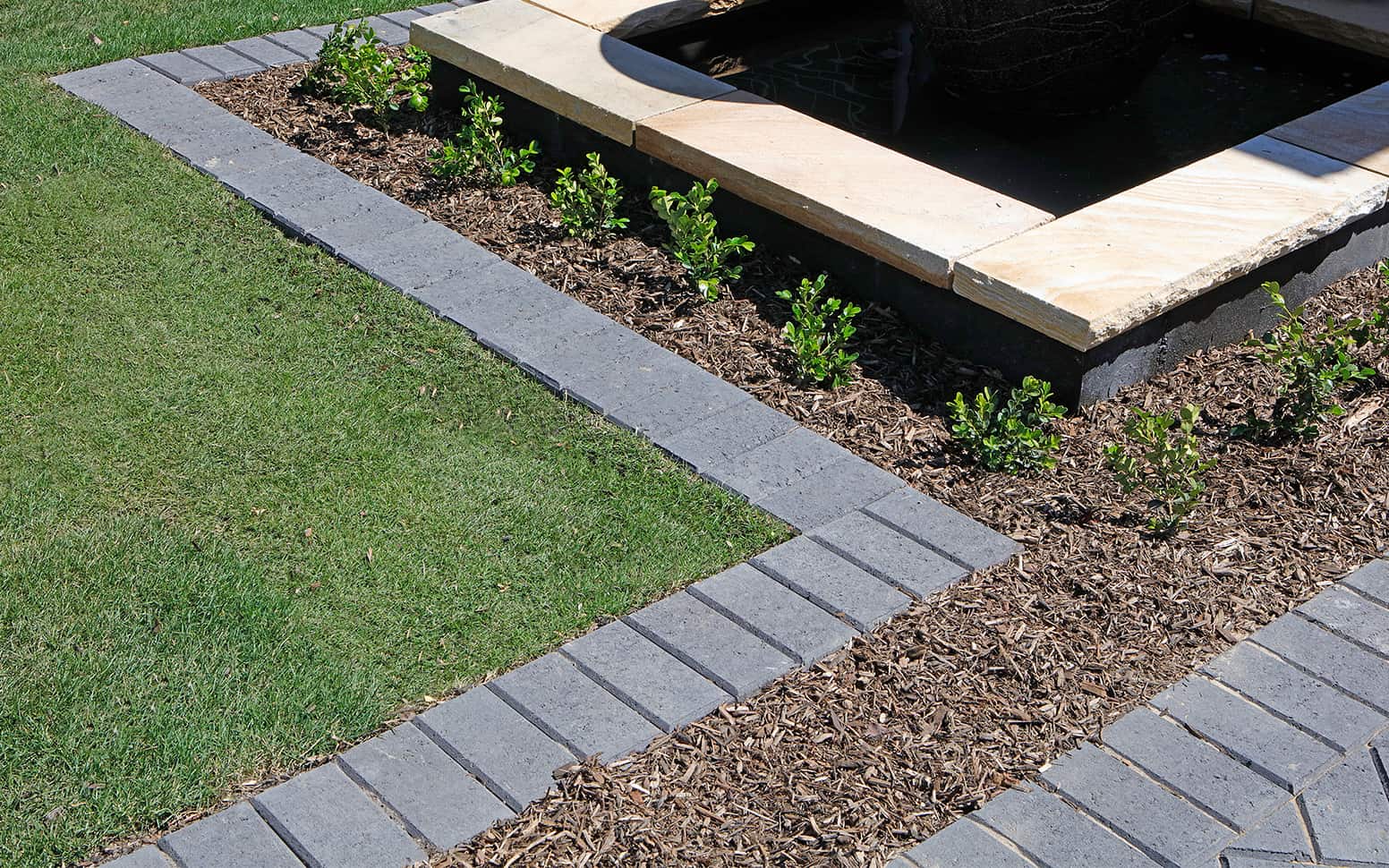
- Gravel edging: Gravel edging is a low-maintenance option that can help to improve drainage in your garden. It is a good choice for gardens with sandy or clay soil.

No matter what type of garden edging you choose, make sure to install it properly. The edging should be level and secure, and it should be deep enough to prevent weeds from growing underneath it.
Once your garden edging is installed, you can enjoy your beautiful garden with peace of mind knowing that it will stay looking its best for years to come.
Here are some additional tips for choosing and installing garden edging:
- Consider the size and shape of your garden. If you have a small garden, you may want to choose a low-profile edging that won't take up too much space. If you have a large garden, you may want to choose a more substantial edging that can help to define the boundaries of your space.
- Think about the style of your garden. If you have a formal garden, you may want to choose a traditional edging material, such as brick or stone. If you have a more casual garden, you may want to choose a more natural edging material, such as wood or gravel.
- Consider the climate in your area. If you live in an area with harsh winters, you may want to choose an edging material that is durable and will not be damaged by the elements.
- Make sure the edging is the right height. The edging should be high enough to prevent weeds from growing underneath it, but not so high that it blocks sunlight from your plants.
- Secure the edging in place. The edging should be secure enough to prevent it from shifting or moving over time.
With a little planning and effort, you can choose the perfect garden edging for your space and enjoy your beautiful garden for years to come.
Are you looking for some creative garden edging ideas? If so, you've come to the right place! At Garden Wiki, we have a wide variety of ideas to choose from, including:
- Natural edging: Use materials like rocks, bricks, or logs to create a natural-looking border for your garden beds.
- Inexpensive edging: If you're on a budget, there are still plenty of ways to add edging to your garden. Try using plastic edging, recycled materials, or even just your own shovel!
- Edging for raised beds: If you have raised beds in your garden, you'll need edging that can withstand the weight of the soil and plants. Concrete edging or metal edging are good options for raised beds.
- Edging for walkways: If you have a walkway in your garden, you can use edging to create a defined border and prevent weeds from growing in between the pavers. Brick edging, stone edging, or metal edging are all good options for walkways.
No matter what your style or budget, we have the perfect garden edging idea for you! Visit Garden Wiki today to learn more.
FAQ of garden edging ideas
- What are the different types of garden edging?
There are many different types of garden edging, each with its own advantages and disadvantages. Some of the most common types include:
- Metal edging: Metal edging is durable and long-lasting, but it can be expensive and difficult to install.

- Plastic edging: Plastic edging is more affordable than metal edging, and it is also easier to install. However, plastic edging is not as durable as metal edging and may not last as long.

- Wood edging: Wood edging is a natural and attractive option, but it can be susceptible to rot and decay. Wood edging also requires regular maintenance, such as staining or painting, to keep it looking its best.

- Stone edging: Stone edging is a very durable and long-lasting option, but it can be expensive and difficult to install. Stone edging is also a good choice for gardens with uneven terrain, as it can help to level the ground.
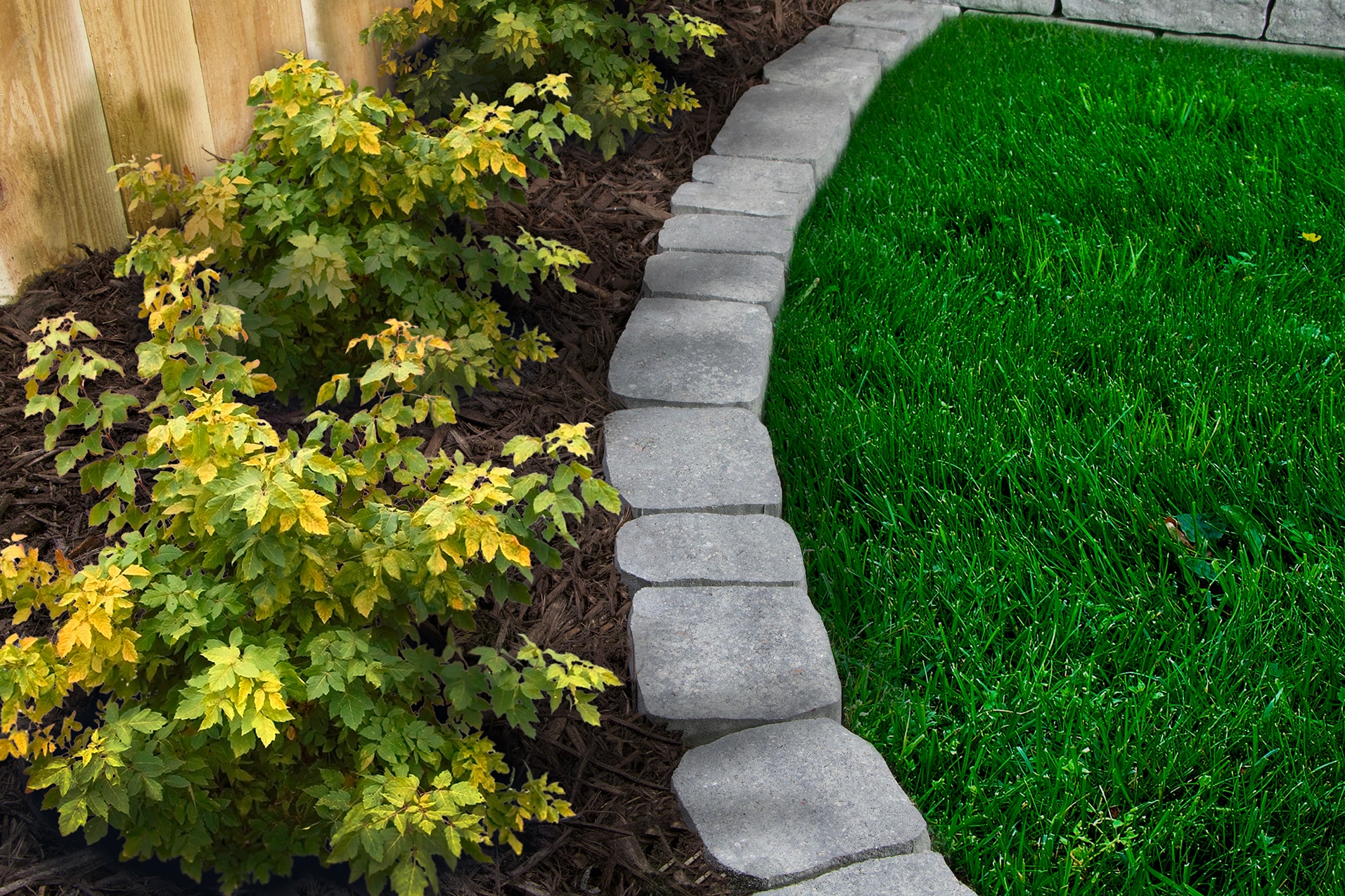
- Brick edging: Brick edging is a versatile option that can be used to create a variety of looks. Brick edging is also durable and long-lasting, but it can be more expensive than some other types of edging.

- What are the benefits of using garden edging?
There are many benefits to using garden edging, including:
- It helps to define the boundaries of your garden beds. This can make your garden look more organized and attractive.
- It can help to prevent weeds from spreading into your garden beds. This can save you time and effort in the long run.
- It can help to keep your mulch in place. This can prevent your mulch from washing away or blowing away, which can help to keep your plants healthy.
- It can help to prevent your lawn from encroaching on your garden beds. This can help to keep your lawn looking neat and tidy.
- It can add a decorative touch to your garden. There are many different types of garden edging available, so you can find one that fits your style and budget.
- How do I choose the right type of garden edging for my needs?
When choosing the right type of garden edging for your needs, you will need to consider the following factors:
- The size of your garden beds. If you have large garden beds, you will need a type of edging that is strong and durable.
- The type of soil you have. If you have sandy soil, you will need a type of edging that is deep enough to prevent the edging from being pushed out of the ground.
- The climate you live in. If you live in an area with harsh winters, you will need a type of edging that is weather-resistant.
- Your budget. Garden edging can range in price from a few dollars to several hundred dollars.
- Your personal style. There are many different types of garden edging available, so you can find one that fits your style and budget.
- How do I install garden edging?
The installation process for garden edging will vary depending on the type of edging you choose. However, some general tips for installing garden edging include:
- Measure carefully. Make sure to measure the length of your garden beds before you purchase your edging.
- Dig a trench. The depth of the trench will depend on the type of edging you choose.
- Place the edging in the trench. Make sure that the edging is level.
- Backfill the trench. Tamp the soil down firmly.
- How do I maintain garden edging?
The maintenance requirements for garden edging will vary depending on the type of edging you choose. However, some general tips for maintaining garden edging include:
- Inspect the edging regularly. Look for any signs of damage or wear.
- Replace damaged edging. If the edging is damaged, it should be replaced immediately to prevent further damage.
- Clean the edging regularly. Remove any dirt, debris, or weeds that may be growing on the edging.
- Treat the edging with a sealant. This will help to protect the edging from the elements.
Image of garden edging ideas
Brick edging is a classic and timeless choice for garden edging. It is durable and can withstand a lot of traffic. It can also be used to create different shapes and patterns in your garden.

- Stone edging is another popular choice for garden edging. It is a natural material that can add a touch of elegance to your garden. Stone edging can also be used to create different heights and levels in your garden.
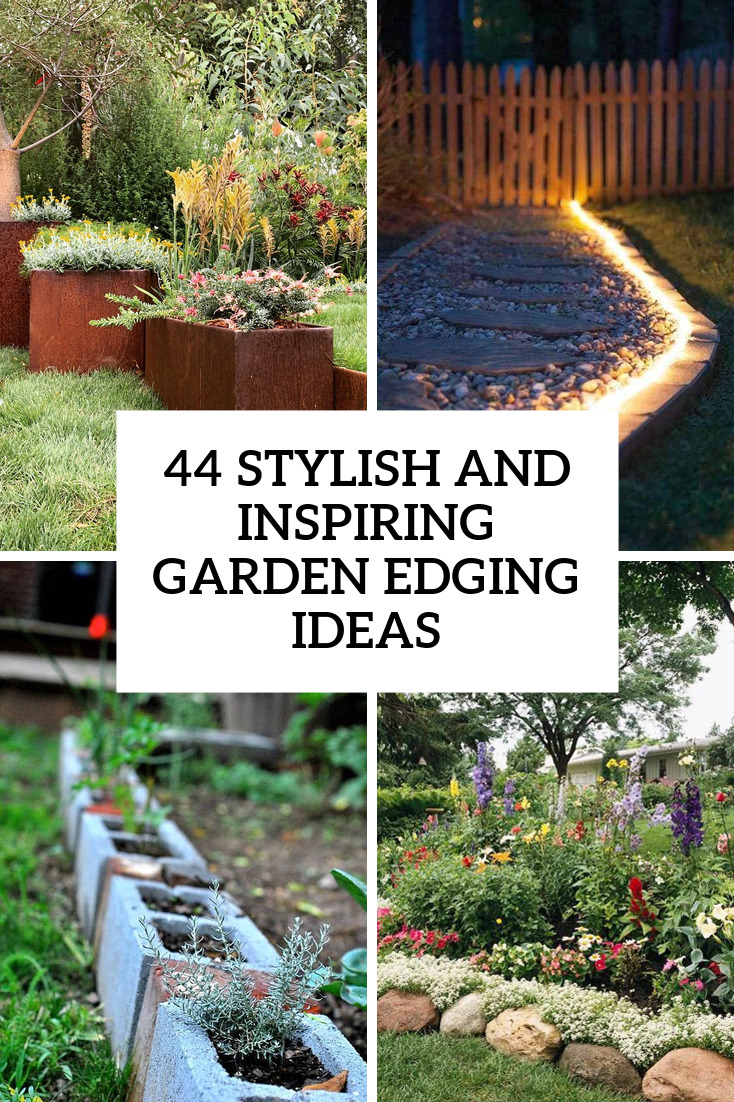
- Wood edging is a more rustic choice for garden edging. It is a natural material that can add a touch of warmth and character to your garden. Wood edging can also be used to create a more informal look in your garden.

- Metal edging is a durable and long-lasting choice for garden edging. It is also available in a variety of colors and styles, so you can find the perfect metal edging to match your garden's aesthetic.
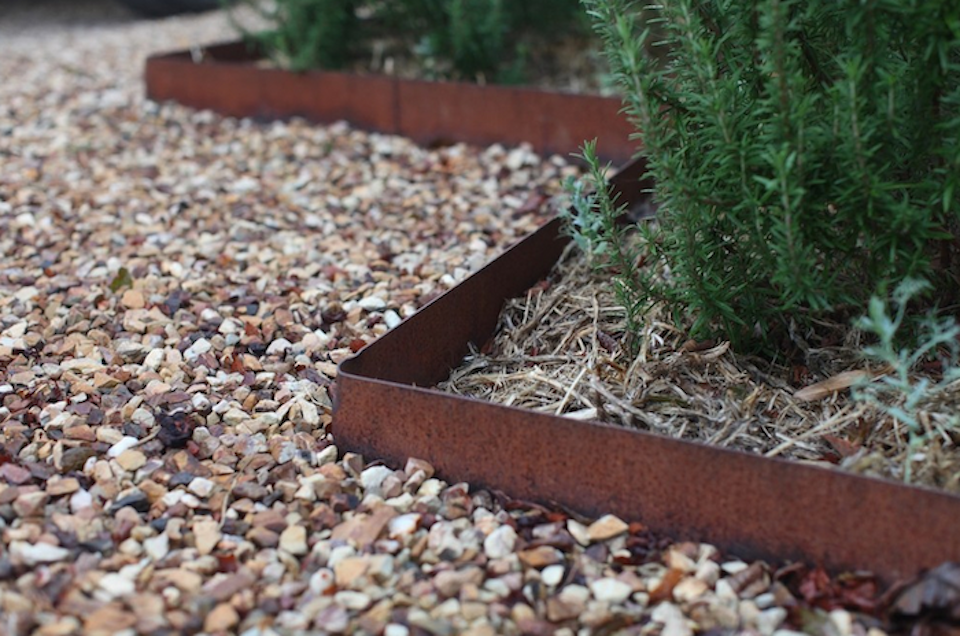
- Plastic edging is a cost-effective and easy-to-install choice for garden edging. It is also available in a variety of colors and styles, so you can find the perfect plastic edging to match your garden's aesthetic.
Post a Comment for " Garden Edging Ideas That Will"